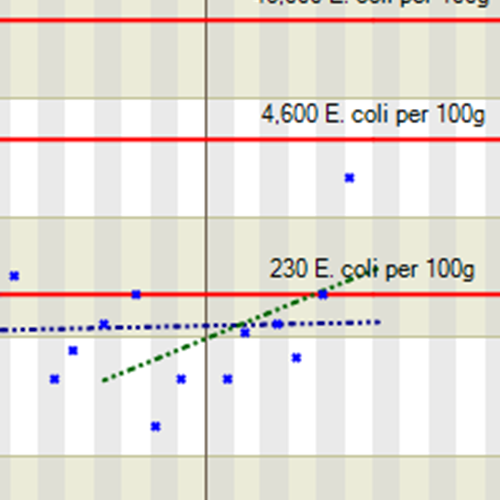England and Wales
Classification and monitoring
The Food Standards Agency (FSA) sets out the overall policy for the monitoring and classification of shellfish harvesting areas and makes all final classification decisions (from their London and Cardiff offices).
There are two classification systems in England and Wales:
- the annual classification system
- the long-term classification (LTC) system (only applies to eligible class B areas).
New class B areas are initially given annual classifications until they meet the criteria for an LTC. Harvesting sites that do not meet LTC criteria are automatically classified under the annual classification system.
The process
All new harvesting areas are required to have a sanitary survey prior to the preparation of a sampling plan. The plan identifies appropriate monitoring points for the site(s) in question.
Food Business Operators wishing to harvest in an unclassified area should speak in the first instance to their Local Authority. Applications to harvest are to be completed in conjunction with the relevant Local Authority and submitted to the Food Standards Agency (FSA). A verification check will be carried out prior to a sanitary survey being commissioned. The sanitary survey determines the sampling plan whereby a period of preliminary sampling will be carried out to assess the microbiological standard of the shellfish and a classification category will be awarded. Once the site is classified harvesting can commence.
For full details see the Classification Protocol for England and Wales (see below).
Cefas manages the microbiological monitoring programme in England and Wales, on behalf of the FSA and according to an agreed protocol. Our scientists make recommendations for classification based on the E. coli data returned under this monitoring programme.
The protocol for classification of shellfish production areas in England and Wales and the application form for classification of a new site can be found on the FSA website.
- Protocol for collecting shellfish samples (PDF, 407 KB)
- Sample submission form (Word, 72 KB)
- Selection of a bivalve shellfish cultivation site (PDF, 875 KB)
Data
Decisions about the classification of harvesting areas is based on the data on this website, in accordance with the protocol for classification of shellfish production areas in England and Wales. The E. coli data is viewable in list and graphical form for each representative monitoring point (RMP). E.coli data for RMPs is downloadable in CSV file format. Results determined to be more than 3 standard deviations (“>3SD”) above mean E.coli results for each RMP can be viewed here.
Classification zone maps are also available to view or download for each type of shellfish classified. Sampling plans are kept under review, particularly with regard to logistical issues and stock location, and may be amended or refined. Sampling plans are initially determined by the sanitary survey. The current sampling plans form part of the classification listing which can be found on the FSA website
All data is published under the Open Government Licence.



